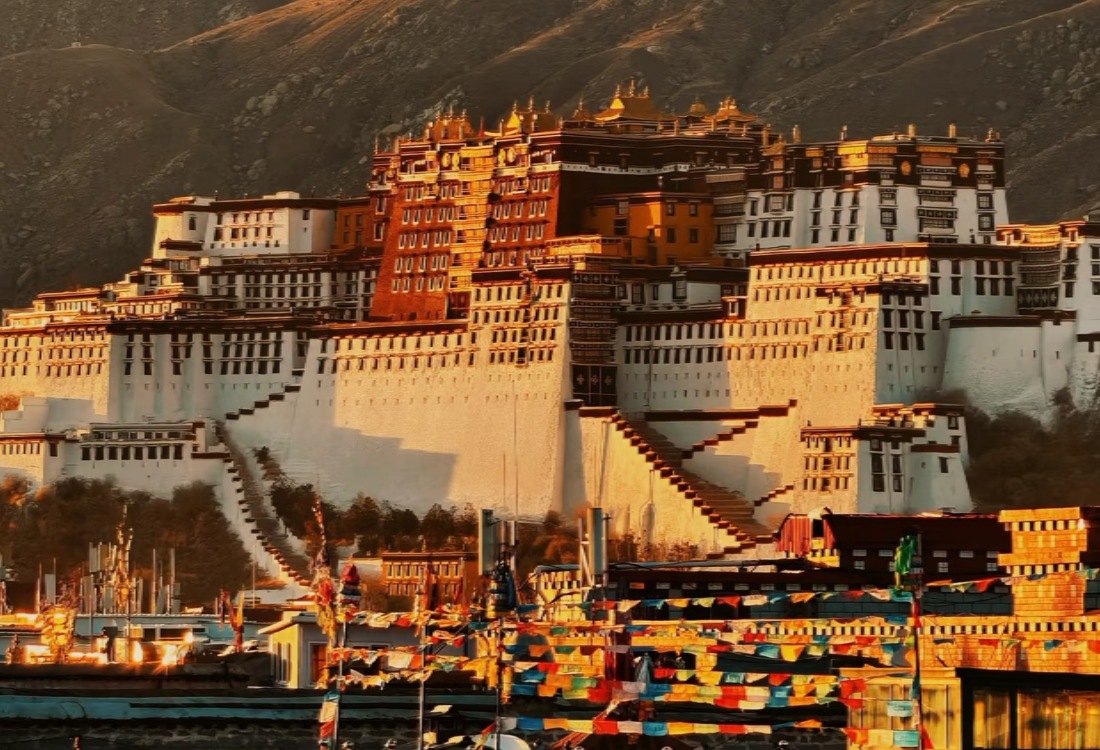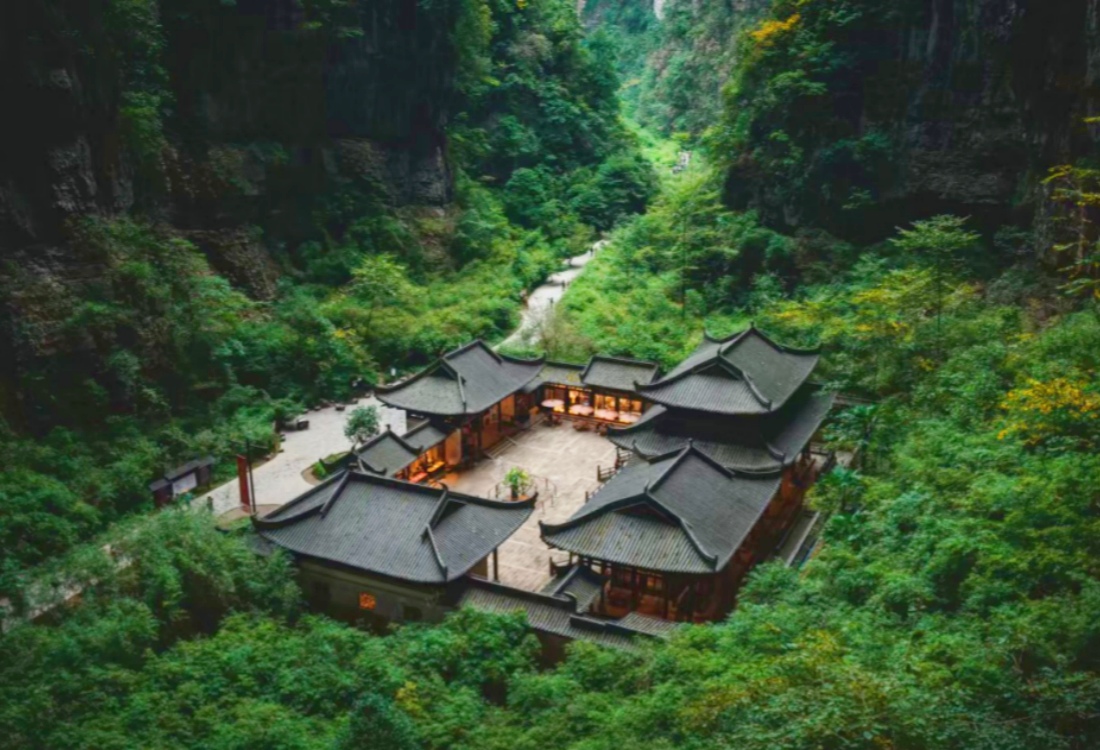Table of Contents
ToggleIntroduction: The Iconic Symbol of Tibetan Heritage
The Potala Palace, a UNESCO World Heritage Site, is Tibet’s most iconic landmark. Perched atop Marpo Ri Hill in Lhasa, this grand structure has been the center of Tibetan Buddhism and political power for centuries. With its towering white and red walls, intricate murals, and golden rooftops, the Potala Palace stands as a testament to Tibet’s rich cultural and religious history.
History of Potala Palace: From Ancient Times to Today
The history of the Potala Palace dates back to the 7th century, when King Songtsen Gampo built the first structure as a fortress and royal residence. However, the palace as it stands today was rebuilt in the 17th century by the 5th Dalai Lama, who expanded it into a vast religious and political complex. It served as the winter residence of the Dalai Lama until 1959, when the 14th Dalai Lama went into exile. Today, the palace functions as a museum and spiritual site, attracting thousands of pilgrims and tourists each year.
Architecture: A Marvel of Tibetan Design
The Potala Palace is a masterpiece of Tibetan architecture, blending religious, political, and cultural symbolism. The palace is divided into two main sections:
- The Red Palace – Houses sacred shrines, stupas, and Buddhist relics. It serves as the spiritual heart of the palace, with elaborate murals depicting Tibetan Buddhist teachings.
- The White Palace – Once the administrative and living quarters of the Dalai Lama, this section features large halls and meditation rooms.
The palace consists of over 1,000 rooms, 10,000 shrines, and 200,000 statues, making it one of the most extensive religious structures in the world.
Key Facts About Potala Palace
- Location: Lhasa, Tibet
- Altitude: 3,750 meters (12,300 feet) above sea level
- Height: 117 meters (384 feet)
- Built by: Originally by King Songtsen Gampo (7th century), expanded by the 5th Dalai Lama (17th century)
- UNESCO Status: Listed as a World Heritage Site in 1994
- Significance: Former residence of the Dalai Lama, important pilgrimage site for Tibetan Buddhists
How to Visit Potala Palace: Best Time and Tips
Best Time to Visit
The best time to visit the Potala Palace is from April to October, when the weather in Lhasa is mild and clear. Avoid winter months due to extreme cold and possible travel restrictions.
Entry Tickets and Restrictions
Due to high visitor demand, daily entries are limited, and advance booking is required. Visitors should be prepared for a high-altitude climb, as the palace has over 400 steep steps.
How to Get There
- By Air: Fly to Lhasa Gonggar Airport and take a taxi or bus to the city center.
- By Train: Take the Qinghai-Tibet Railway, offering stunning views of the Tibetan plateau.
Why Potala Palace is a Must-Visit
The Potala Palace is more than just a landmark—it is the spiritual and historical heart of Tibet. Whether you are drawn to its stunning architecture, deep religious significance, or breathtaking views, visiting Potala Palace offers a once-in-a-lifetime experience.









